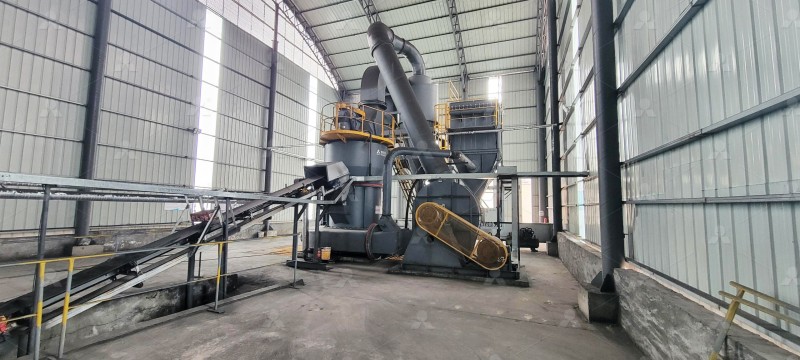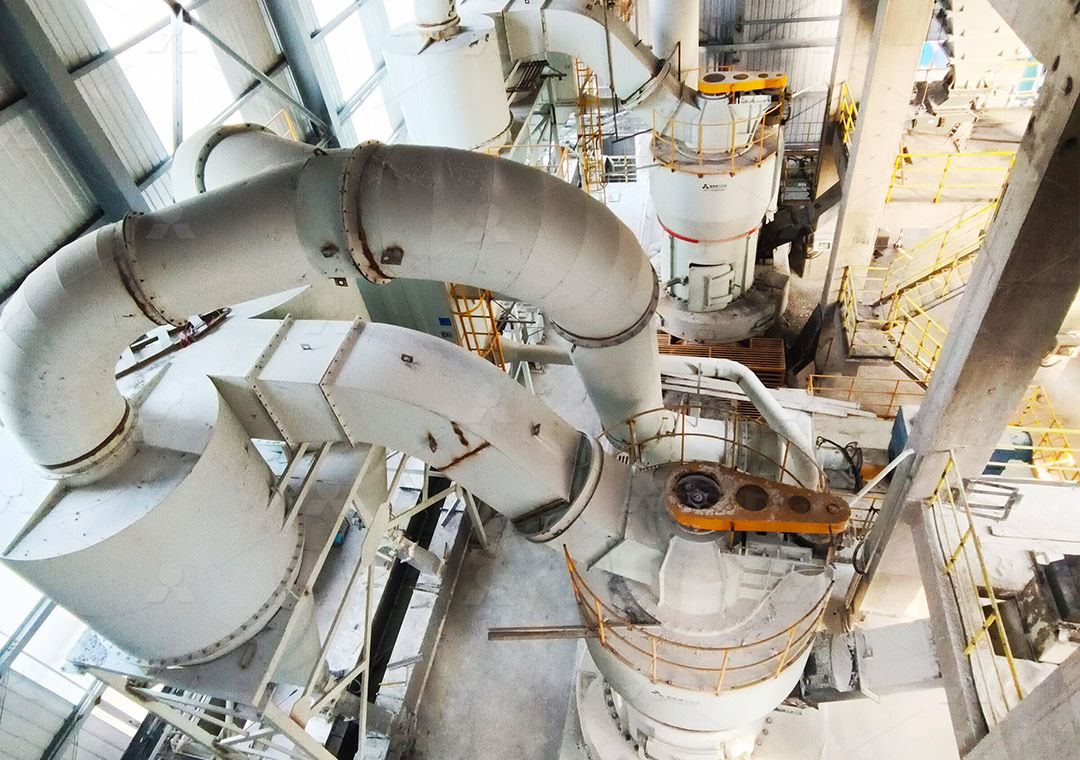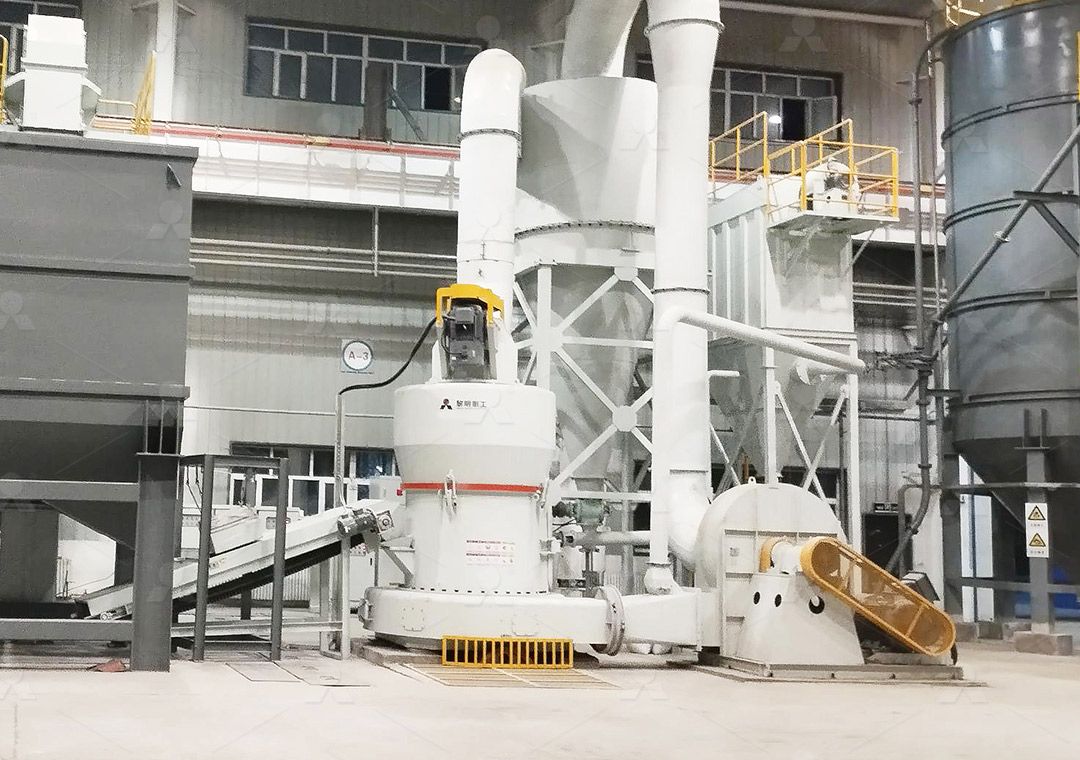Raymond Mill Inspection Standards and Procedures
Raymond Mill Inspection Standards and Procedures
Maintaining optimal performance in industrial grinding operations requires rigorous inspection protocols and standardized procedures. For Raymond Mills specifically, regular maintenance checks are not merely recommended—they are essential for operational efficiency, safety compliance, and cost management. This comprehensive guide outlines the fundamental inspection standards every operator should implement.
Proper mill maintenance begins with understanding the machine’s critical components and their expected performance parameters. From grinding rollers and rings to classifiers and drive systems, each element demands specific attention during routine inspections. Establishing consistent inspection intervals prevents unexpected downtime and maintains product quality consistency.

Daily Inspection Protocols
Daily checks form the foundation of effective mill maintenance. Operators should begin each shift with a visual inspection of the entire system, noting any unusual vibrations, noises, or leaks. Key daily checks include:
- Lubrication system verification for proper oil levels and flow
- Drive belt tension and condition assessment
- Grinding element wear evaluation
- Airflow system pressure differential monitoring
- Electrical connection security confirmation
Documentation of daily inspections provides valuable historical data for predicting maintenance needs and identifying recurring issues before they escalate into major problems.
Weekly Maintenance Procedures
Weekly inspections delve deeper into component condition and system performance. These more thorough examinations should include:
- Comprehensive wear measurement on grinding rollers and rings
- Classifier blade and vane integrity verification
- Bearing temperature trend analysis
- Fastener tightness confirmation throughout the system
- Dust collection system efficiency evaluation
Establishing baseline measurements during weekly inspections enables operators to track degradation rates and plan component replacements proactively rather than reactively.

Advanced Grinding Solutions
While traditional Raymond Mills serve many applications effectively, operations requiring ultra-fine powders often benefit from more advanced technology. For these demanding applications, consider the MW Ultrafine Grinding Mill, which represents the next evolution in fine powder production.
The MW Ultrafine Grinding Mill processes materials with input sizes up to 20mm and capacities ranging from 0.5 to 25 tph. Its innovative design eliminates rolling bearings and screws within the grinding chamber, significantly reducing maintenance concerns related to bearing failures or loose fasteners. The external lubrication system allows continuous 24-hour operation without shutdowns for maintenance.
With adjustable fineness between 325-2500 meshes and screening rates achieving d97≤5μm in a single pass, this equipment delivers exceptional precision for specialized applications in chemicals, paints, cosmetics, pharmaceuticals, and food additives. The integrated pulse dust collector and muffler system ensures environmentally compliant operation with minimal noise pollution.
Quarterly Comprehensive Evaluation
Every three months, a complete mill assessment should be conducted by qualified maintenance personnel. This thorough evaluation includes:
- Complete disassembly and inspection of critical components
- Alignment verification of all rotating elements
- Structural integrity assessment of the mill foundation and housing
- Control system calibration and verification
- Safety system functionality testing
Quarterly inspections often reveal subtle issues that daily and weekly checks might miss, providing opportunities for preventive maintenance that extends equipment lifespan.

Documentation and Record Keeping
Maintaining detailed inspection records is as crucial as performing the inspections themselves. A comprehensive documentation system should include:
- Date-stamped inspection reports with operator signatures
- Component wear measurements with trend analysis
- Maintenance actions taken and parts replaced
- Performance metrics before and after maintenance
- Recommendations for future inspections or upgrades
Digital record-keeping systems facilitate easy tracking of maintenance history and provide data for optimizing inspection frequencies based on actual equipment performance.
Frequently Asked Questions
How often should Raymond Mill grinding elements be replaced?
Replacement frequency depends on material abrasiveness and operating hours. Typically, rollers and rings require inspection every 500-800 hours with replacement around 2,000-3,000 hours. Harder materials may necessitate more frequent replacements.
What are the most critical safety checks before mill operation?
Always verify guard placement, emergency stop functionality, lubrication system operation, and clear access pathways. Confirm that all maintenance personnel are clear of the equipment before starting.
How can I optimize my mill’s energy consumption?
Regular maintenance of grinding elements, proper classifier adjustment, and optimal feed rate control significantly impact energy efficiency. Consider upgrading to more efficient models like the MW Ultrafine Grinding Mill, which reduces energy consumption by up to 40% compared to conventional designs.
What indicates immediate need for mill shutdown and inspection?
Unusual vibrations, metallic grinding noises, sudden pressure changes, excessive bearing temperatures, or visible component damage all warrant immediate shutdown and thorough inspection to prevent catastrophic failure.
How does the MW Ultrafine Grinding Mill differ from traditional Raymond Mills?
The MW series incorporates advanced German powder separation technology, eliminates internal bearings and screws in the grinding chamber, offers external lubrication capability for 24-hour operation, and provides superior fineness control between 325-2500 meshes with higher throughput and lower energy consumption.
